In 20116, when Novi Sad was declared the European Capital of Culture for 2022, the city of art took the first step towards the implementation of a dream – the dream of Serbian Athens as a place long known for culture and art, science and university, multiculturalism, sports, etc. At the same time, candidacy for the ECoC title was a challenge for our city, which required the activation of all existing, active, as well as those neglected and forgotten cultural resources, and sources that have cultural potential. This is precisely where the baroque town at the foot of the famous Petrovaradin Fortress belongs, followed by the streets of the oldest Novi Sad neighbourhood, modern buildings that have entered the history of European architecture, and industrial facilities that have been given a new purpose.
Now when we look back on the exciting title year, let us remember the old spaces for culture, permanently inscribed on the cultural and tourist map of Novi Sad, which were renovated and repurposed thanks to ECoC, and which remain to Novi Sad and the people of Novi Sad as a permanent legacy.
Five centres of culture were restored; dating back to the 17th century – the Suburbium of the Petrovaradin Fortress, 18th century – Almaš neighbourhood, the oldest part of the city that is protected as a historical-environmental unit, 19th century – the city centre itself and the Theatre Square where the oldest Serbian theatre – The Serbian National Theatre is located, 20th century – The District, which inherits a hundred-year industrial heritage, has now been transformed into a centre of contemporary creativity, while the 21st century in Novi Sad is marked by a network of cultural stations, as a new centre of culture and a new cultural model in this part of Europe.
Suburbium
The Suburbium of the Petrovaradin Fortress represents the architectural baroque jewel of Novi Sad and is one of the largest European fortifications that was built for almost an entire century, during the 17th and 18th centuries. The foundation stone of today’s Petrovaradin Fortress was laid in 1692. Turbulent history, legends associated with the Fortress and Suburbium, as well as underground military galleries, are proudly witnessed by the Petrovaradin clock, which shows with its reversed hands what the centuries have brought. A small town built next to an almost impregnable fortress became a city, and one of the five cultural centres of Novi Sad. Forts and barracks are now home to the Museum of the City of Novi Sad and the Academy of Arts, studios and galleries, and the ramparts and military entrenchments are the scenery for the well-known European music festival.
The title of European Capital of Culture contributed to the renewal, thus Suburbium, our Gibraltar on the Danube, shone again after 300 years. Since last year, Suburbium has become synonymous with Doček in Novi Sad. Artists and lovers of cultural events will certainly consider it a city of books, or rather associate it with the Podgrađe event, which will continue to be held in the summer as part of the Kaleidoscope of Culture project. We will celebrate the end of this year with Doček in Suburbium and experience it as a beacon of culture on the Danube.
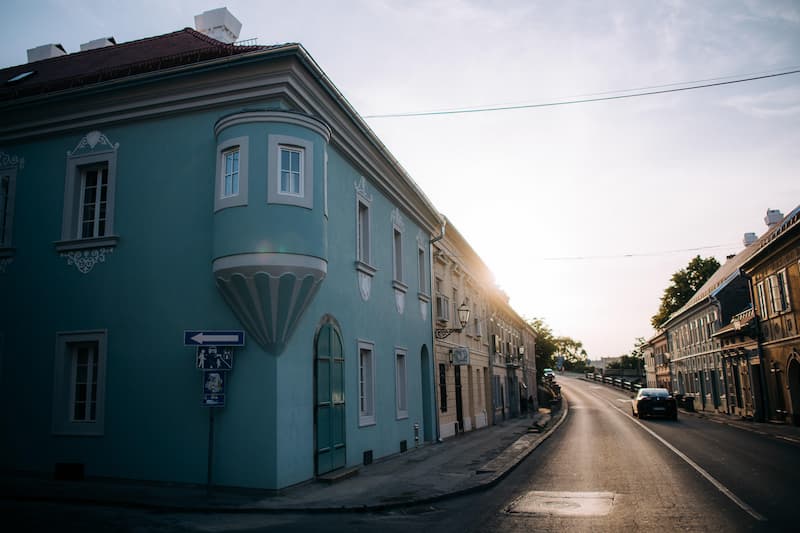
Almaš Neighbourhood
The unique, winding streets of the Almaš neighbourhood, the oldest part of the city dating back to the 18th century, give the impression of the northernmost Mediterranean city. In this area and one of the five centres of culture, some of the biggest local and European names lived, among the most famous were Đura Daničić, Jovan Jovanović Zmaj and Laza Kostić. Today, the Almaš neighbourhood is a unique architectural and urban complex, in which the old spirit of Novi Sad can still be felt. Here is the largest Orthodox church in Novi Sad, the Academy of Arts, the workshops of the Serbian National Theatre and the Archives of the City of Novi Sad, but also Matica Srpska, the oldest Serbian literary, cultural and scientific institution. Today, the Almaš neighbourhood is one of the main urban areas of the city, where there is also a restored former silk factory – Svilara, which after 200 years was restored for the needs of culture (Svilara Cultural Station). The Almaš neighbourhood has officially become a protected cultural and historical entity during the preparations for the European Capital of Culture.
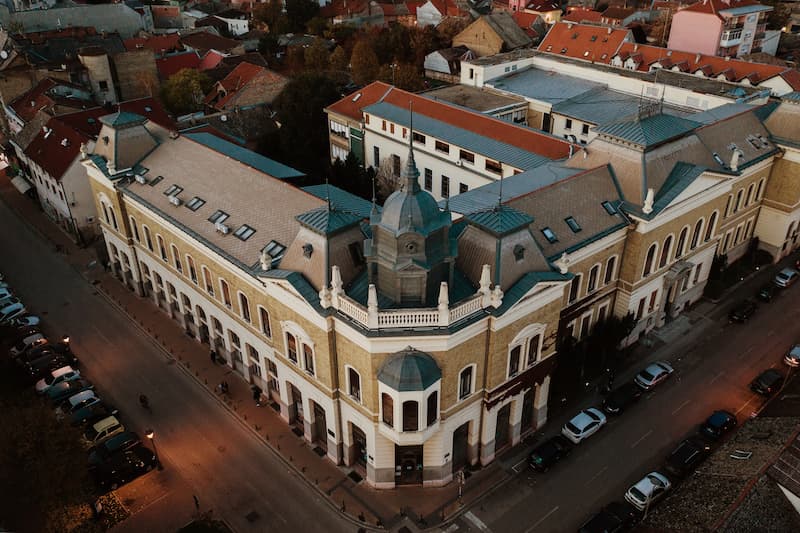
City Centre
The city centre delights with its architecture and proudly highlights its many landmarks, such as the Church of the Name of Mary, better known as the Cathedral among the people of Novi Sad, the monument to Svetozar Miletić, the oldest theatre – the Serbian National Theatre, Matica Srpska, City Library in one of the oldest streets in Novi Sad, etc. There is, of course, the Gallery Square – a space that unites three museum-gallery institutions: Gallery of Matica Srpska, Pavle Beljnski Memorial Collection and Rajko Mamuzić Gallery. Welcoming the title of European Capital of Culture, the heart of the city was the epicentre of Doček 7530, where we witnessed the spectacular Zeniteum performance. In addition to Doček, the ECoC programme revived the former Korzo, known since the old days as a city promenade and meeting place. For the fifth year in a row, the Korzo event has been held in the city centre on Mihajlo Pupin Boulevard, and the idea of holding classical music concerts in the open air was met with enthusiasm by the audience.
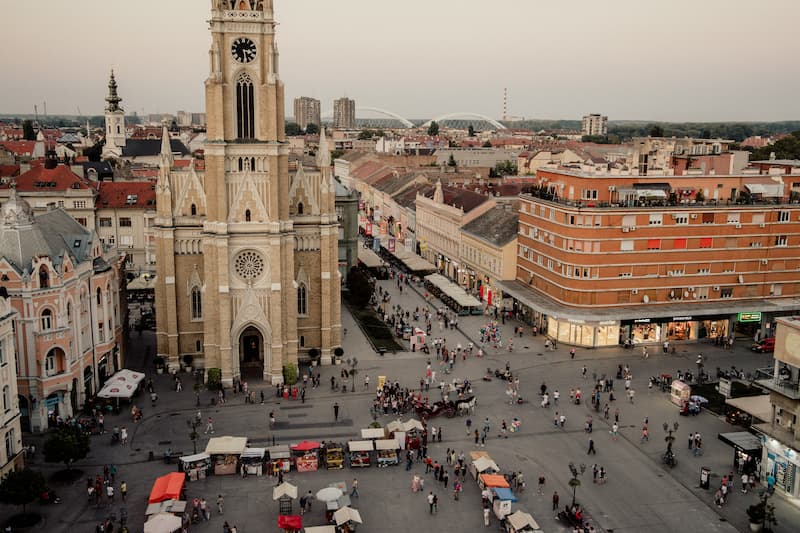
District
A neglected industrial complex known as Chinatown, in the Great Liman area, which inherits a 100-year-long history of industrial heritage on 11,000 square metres, was transformed at the initiative of the European Capital of Culture and became a centre of cultural events. In the 1970s, the emigration of industry began, and since then Chinatown has become a dilapidated and neglected part of the city. The remains of dilapidated factories were completely abandoned and on the verge of demolition. Thanks to the European Capital of Culture, Novi Sad managed to save these buildings from destruction and turn them into new places for the ‘production’ of culture, a unique centre of youth and contemporary creativity.
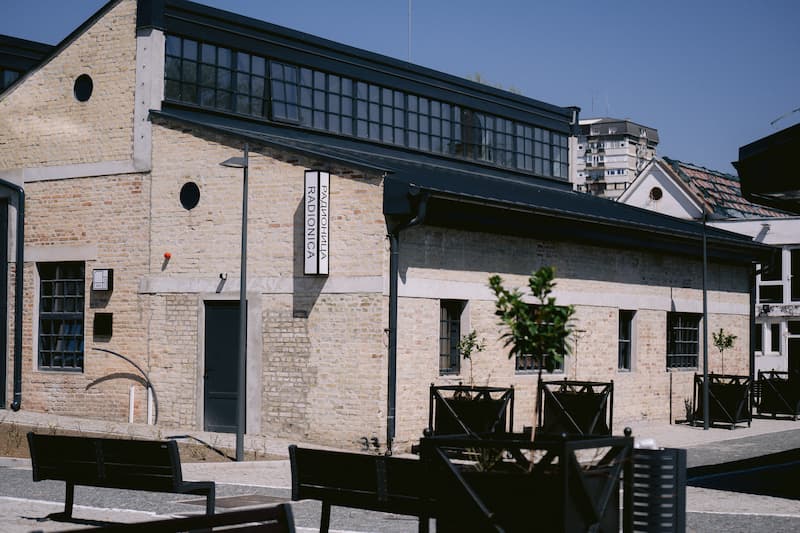
Cultural Stations
Among the five cultural centres of our city are the newly created cultural stations, thanks to the Novi Sad – European Capital of Culture project. The proof that culture in Novi Sad really becomes a way of life is precisely that network of cultural stations, which created a connection between citizens and artists. This unique model of restoration of industrial and cultural heritage in Europe consists of both new and renovated spaces for culture in all parts of the city. Eight cultural stations: Egység, Svilara, Liman, Barka,Bukovac, Mlin,Rumenka and a mobile cultural station on wheels Caravan, today they are new cultural centres and in this way art is available to us in every part of the city. Through cultural stations, such contents are included in the daily life of all city districts, and are the starting point for all visitors who wish to get to know the local way of life, habits, customs and aspirations.
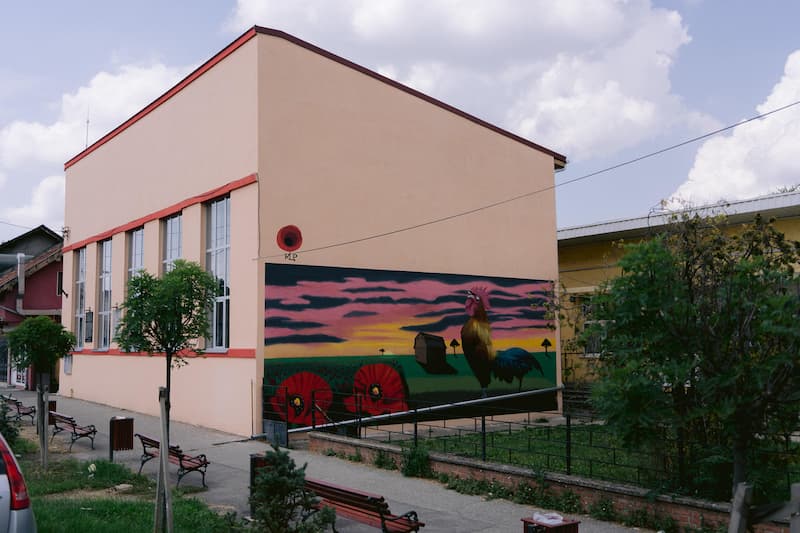
The first renovated cultural station of the city of Novi Sad is Egység, a building of exceptional beauty, built in 1890, which suffered a sad fate at the end of the 20th century and fell into oblivion until 2012, when it was restored. Today, Egység is a space suitable for exhibitions, concerts and other creative events. The second cultural station was created by remodeling the already mentioned silk dyeing factory. The Svilara Cultural Station is located in the Almaš neighbourhood and is open to all artists, organisations and fellow citizens who wish to participate in the creation of cultural content.
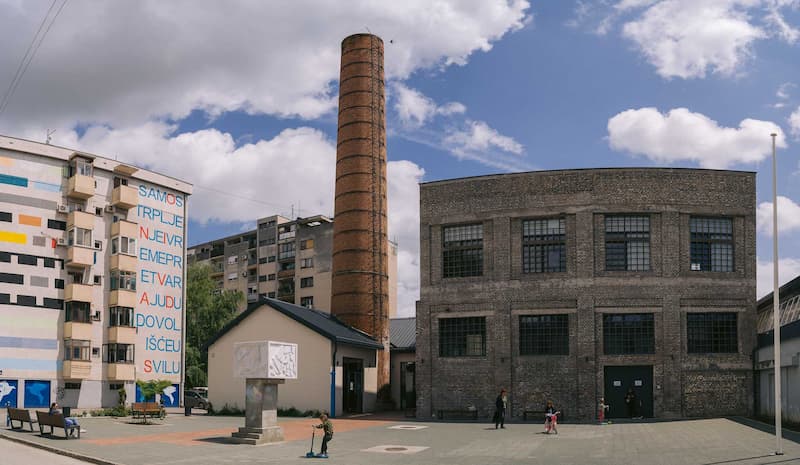
Mlin Cultural Station is located in Radnička Street and operates in the service of the youngest. The new cultural station was created on the site of the former pasta factory. The cultural station Liman is located in the former Great Liman area. This cultural space was created from dilapidated old factories. It was also the first facility of the renewed District. Barka Cultural Station is located on the outskirts of the city, at the end of the Slana Bara, Vidovdansko Naselje and Klisa. Bukovac Cultural Station is an ideal place to escape from the hustle and bustle of the city, due to its large green area, the opportunity to enjoy sports activities and ecology, and represents a new model of consumption of cultural content. Rumenka Cultural Station is located near Novi Sad. It improves the previous work of the cultural centre of the same name and adapts to the diverse ethnic composition of the population.
Five centres of culture, through the wealth of artistic content, will continue to live even after the European Capital of Culture title year, which positioned this city on the European map. These epicentres of culture will continue to provide an opportunity for young creators to express themselves, and for art lovers to enjoy, grow and educate themselves. Nurturing cultural heritage in this way will contribute to the creation of fresh, creative programmes that will enrich the lives of the people of Novi Sad and the increasingly frequent visitors of the (eternal) capital of culture.
Authors: Anđela Dalmacija, Marina Marić and Leona Pap
Photo: Vladimir Veličković, Jelena Ivanović







